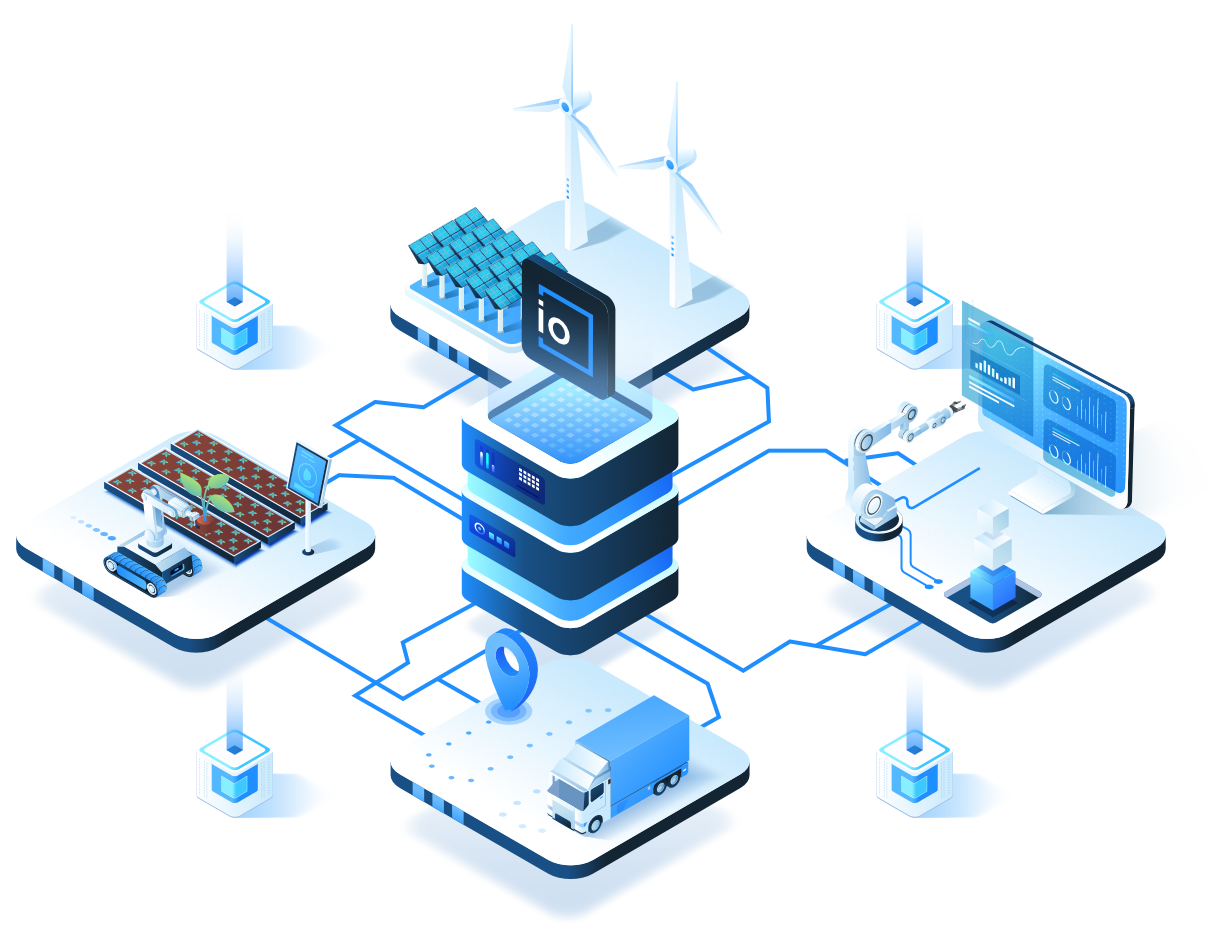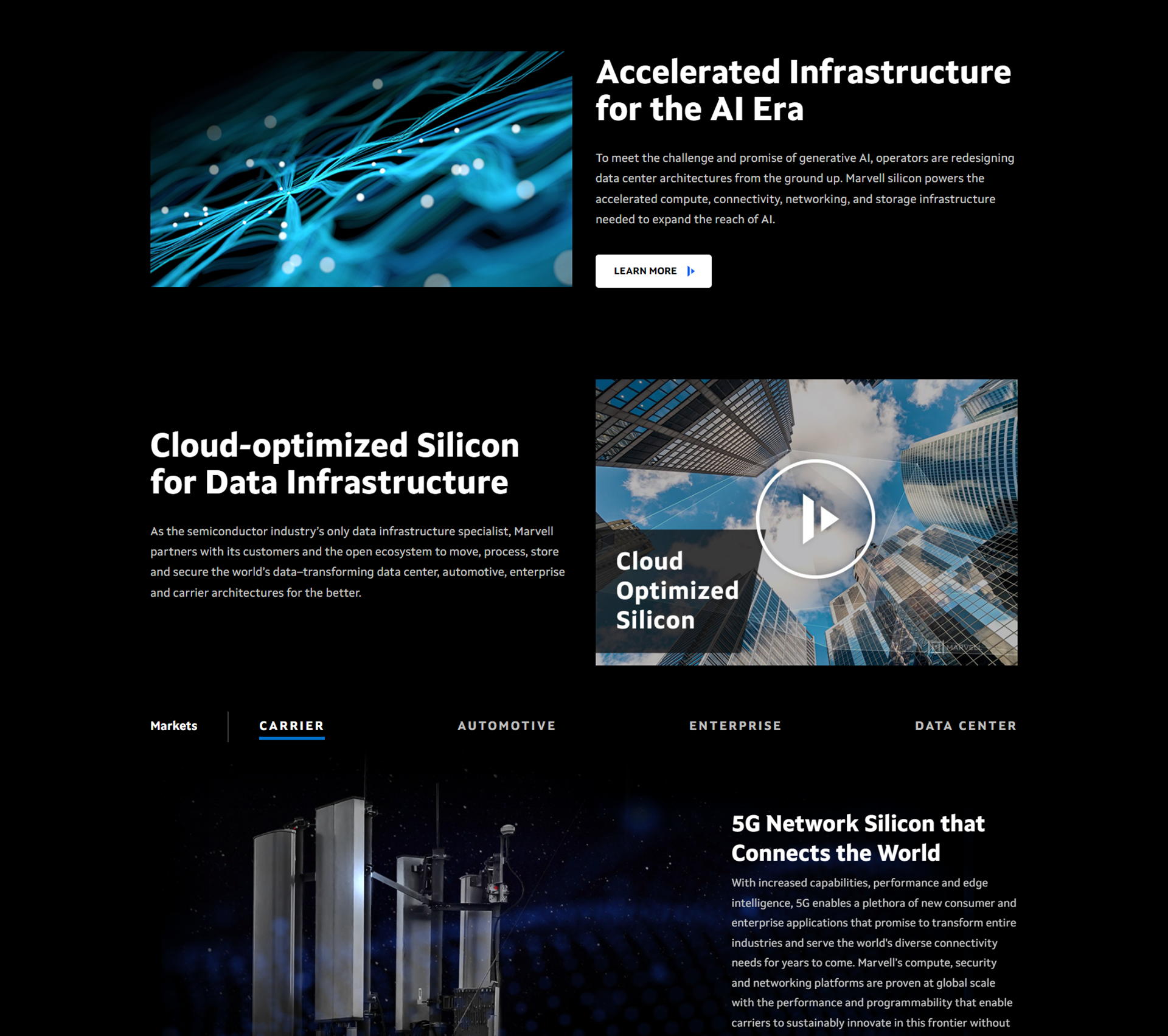
Get a Free Quote
Introduction
In today's interconnected world, the Internet of Things (IoT) has emerged as a transformative technology, enabling the seamless exchange of data between physical devices and the digital realm. Python, with its simplicity and versatility, has become a preferred choice for IoT development due to its rich ecosystem of libraries and ease of integration. This web page serves as a guide to explore the synergy between Python and IoT, empowering you to embark on innovative projects and solutions.

Why Python for IoT?
Python's popularity in the IoT domain stems from several key advantages:

Ease of Learning and Use
Python's clean syntax and readability make it accessible for beginners and experienced developers alike, facilitating rapid prototyping and development cycles.

Abundant Libraries
Python boasts a vast array of libraries tailored for IoT development, offering solutions for device communication, data processing, visualization, and more. Popular libraries include MicroPython, CircuitPython, PySerial, and Boto3 for cloud integration.

Cross-Platform Compatibility
Python runs seamlessly across various hardware platforms, including Raspberry Pi, Arduino, ESP32, and microcontrollers, ensuring flexibility and scalability in IoT projects.

Community Support
Python enjoys a vibrant community of developers, enthusiasts, and experts who actively contribute to its ecosystem, providing resources, tutorials, and troubleshooting assistance for IoT endeavors.
Getting Started with Python and IoT.
Embarking on your journey with Python and IoT is straightforward. Here's a brief overview of the steps involved:
Select Your Hardware
Choose a suitable hardware platform for your IoT project, considering factors such as processing power, connectivity options, and sensor compatibility. Popular choices include Raspberry Pi for versatile projects, Arduino for low-power applications, and ESP32 for wireless connectivity.
Install Python
Install Python on your selected hardware platform. For Raspberry Pi, Python usually comes pre-installed. For other platforms, you may need to download and install Python manually.
Explore IoT Libraries
Familiarize yourself with IoT-focused Python libraries relevant to your project requirements. Experiment with libraries such as Adafruit CircuitPython for hardware interaction, paho-mqtt for MQTT communication, and Boto3 for cloud integration with AWS IoT.
Prototype Your Project
Begin prototyping your IoT project using Python, leveraging the chosen hardware platform and libraries. Start with simple experiments to establish communication with sensors, actuators, or other devices connected to your IoT network.
Iterate and Refine
Iterate on your prototype based on feedback and test results. Refine your code, optimize performance, and enhance functionality as needed to meet your project objectives.













.png&w=640&q=75)






.png&w=640&q=75)


